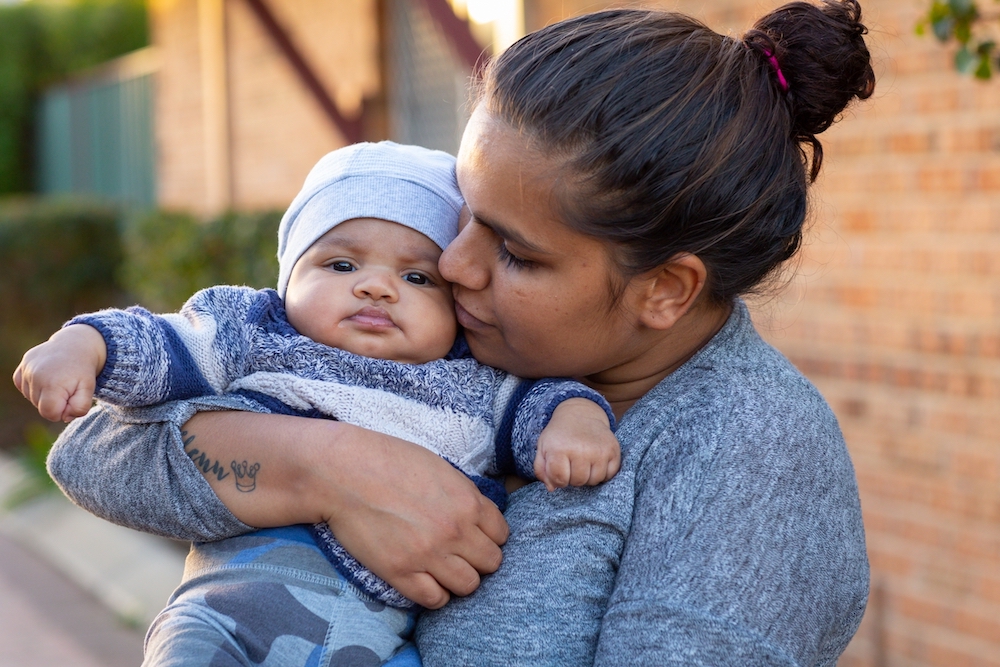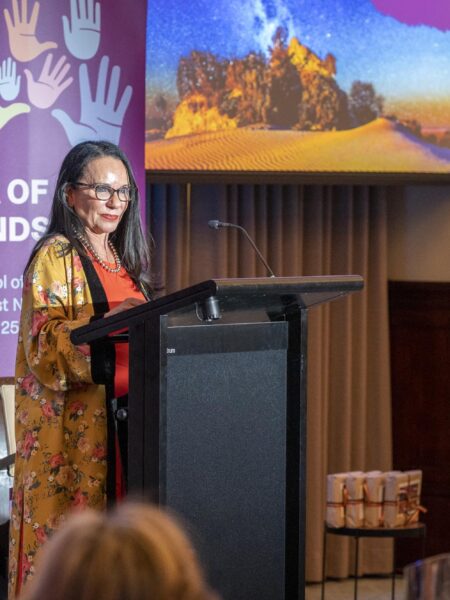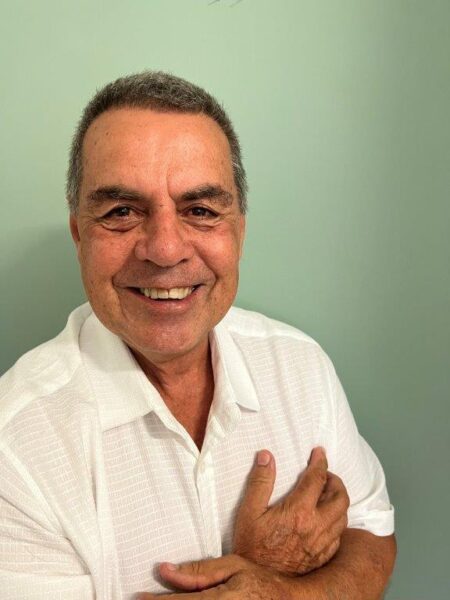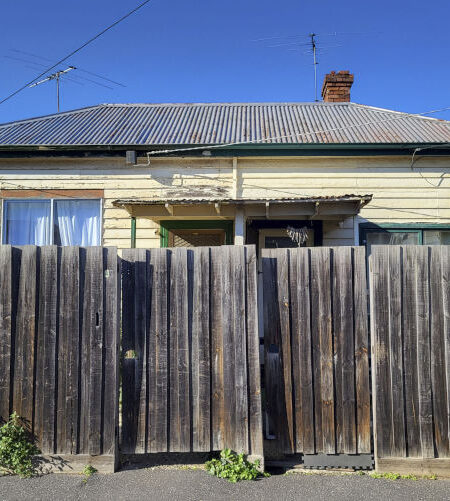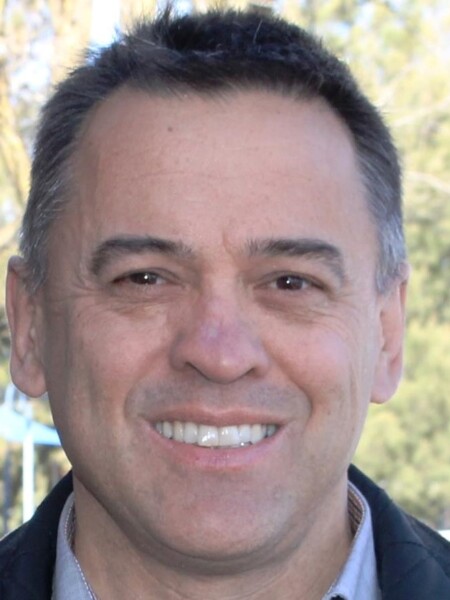In the Foreword the Prime Minister states that:
At the heart of the National Agreement is a simple principle: the key to practical and sustainable change is ensuring Aboriginal and Torres Strait Islander people are involved and empowered in the design and delivery of policies, programs and services that affect their lives, families and communities.
However, let’s follow that thread to consider another “simple principle” of the National Agreement, which is that one of the primary objectives of the National Agreement is to create measurable improvements in the lives of Aboriginal and Torres Strait Islander peoples and communities.
Based on the Government’s report, it’s obvious that the National Agreement is failing to meet this key objective and it’s not hard to understand why.
The National Agreement is underpinned by Four Priority Reform Areas. These set the pre-conditions to achieve the 19 socio-economic targets and provide the potential to drive generational change for First Nations peoples across Australia.
However, due to the inconsistent application and understanding of the Four Priority Reform Areas, a lack of coordination, and limited action to advance implementation plans across government, progress against these target areas is impeded. And while implementation of the 2020 National Partnership Agreement continues, the fundamental issue has not been addressed.
As Social Justice Commissioner, June Oscar states:
Governments have yet to fully grasp what is required if we are to turn the tide against stagnating or worsening statistics. The work of governments must first and foremost be to address this conceptual deficit and position themselves to be genuine partners for our people. Nothing short of this will deliver the results we seek.
The National Agreement was developed to ensure that systemic reform across government could be implemented. When the Close the Gap Campaign advocated for and supported the long-awaited change – culminating in the current 2020 National Agreement – we did so understanding that the intention was to create a stronger focus on human rights, intersectionality, and a holistic systems-lens that elevates First Nations ways of knowing, being, and doing. Aboriginal and Torres Strait Islander peoples know that systems change is a core component to progressing the socio-economic targets.
As Karl Briscoe has stated:
this campaign has been vocal in both calling out government on the lack of progress across the closing the gap strategy, while simultaneously elevating the success stories of Aboriginal and Torres Strait Islander peoples and organisations who have done the foundational work of systems change. A clear example of this is the case studies in our annual reports. They highlight the work of ACCOs and set a clear pathway on how Aboriginal and Torres Strait Islander people’s autonomy, self-determination and cultural competency can create substantial changes to the health and life outcomes of First Nations Australians.
This is a genuine pathway forward; this is how we close the gap. Aboriginal and Torres Strait Islander peoples are the experts on the issues and challenges facing their communities. The failure to implement systemic reform seriously impedes the ability for the Agreement to produce the right environment to create and provide holistic policies, programs, and services.
It is critical to highlight that the National Agreement isn’t just another policy initiative, it is the primary mechanism that governments use to advance the well being, rights and aspirations of First Nations Australians. It is imperative that we get this right.
There are legitimate steps that can be taken to build a pathway to health equity, equality and improved life outcomes for Aboriginal and Torres Strait Islander peoples. Over the past four years the Close the Gap Campaign has dedicated our time, our resources and our annual reports to showing what that pathway must include.
This is, and will continue to be, our work. In solidarity and with increased purpose, we will continue our journey.
